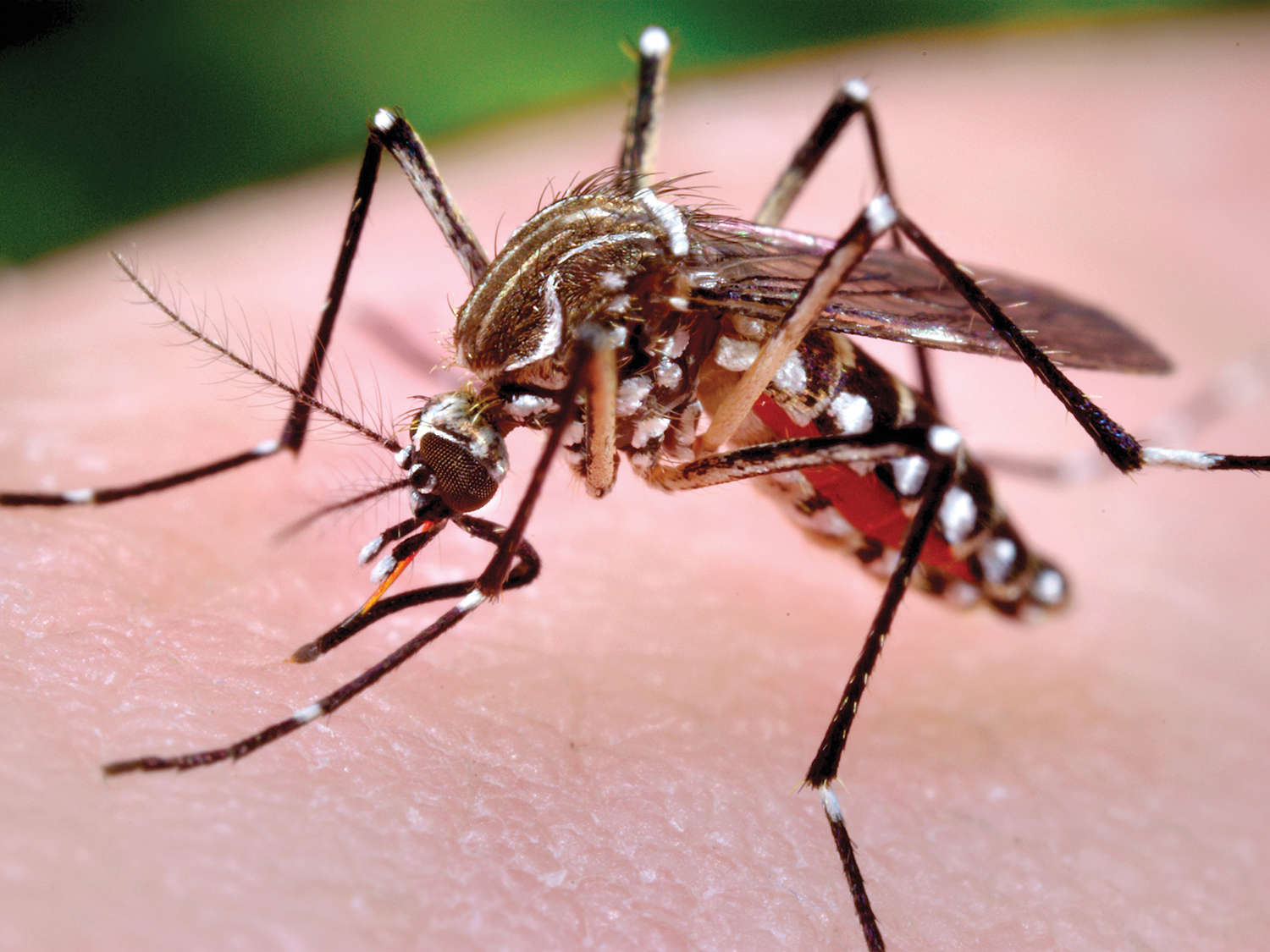

Researchers have uncovered the mechanisms that the Zika virus uses to cause foetus microcephaly, a brain development disorder.
Babies with microcephaly can have a wide array of problems including a small brain and head, developmental delays, seizures, vision and hearing loss and feeding difficulty.
While a Zika infection typically results in mild or symptom-free infections in healthy adults and children, the risk of microcephaly in the developing foetus is an alarming consequence that has created a worldwide health threat. Since a normal brain develops from simple cells called stem cells that are able to develop into any one of various kinds of cells, the research team deduced that microcephaly is most likely linked with abnormal function of these cells.
Two weeks after the cells had developed into a certain type, the Zika infection was mainly found in glial cells, which provide support and insulation for the brain, according to the study published in the journal Stem Cell Reports.
There are currently 70 countries and territories reporting active Zika transmission, according to the World Health Organization.
There are two main lineages of the virus, African and Asian.
Recently, the team found that only the Asian lineage has been linked with microcephaly. So, what is it about this particular form of the virus that inflicts such damage?
The researchers established a method of investigating how Zika alters the production, survival and maturation of brain stem cells using cells donated from three human foetal brains.
They focused on the impact of the Asian lineage Zika virus that was involved in the first outbreak in North America in late 2015.
“We discovered that the Asian lineage Zika virus halted the proliferation of brain stem cells and hindered their ability to develop into brain nerve cells,” said study senior author Ping Wu, Professor at The University of Texas Medical Branch at Galveston in the US.
“However, the effect that the Zika virus had on the ability of stem cells to develop into specialized cells differed between donors. This difference seems to be linked with a Zika-induced change in global gene expression pattern, it remains to be seen which genes are responsible,” Wu said.
“The unique system containing stem cells from three donors will allow us to dissect molecular mechanisms underlying Zika virus-induced brain malformation,” Wu said. — IANS
Oman Observer is now on the WhatsApp channel. Click here



